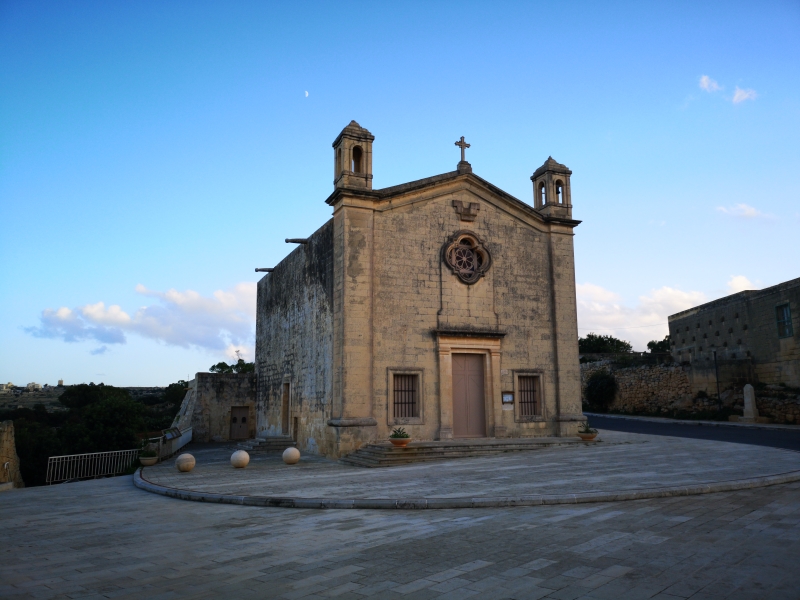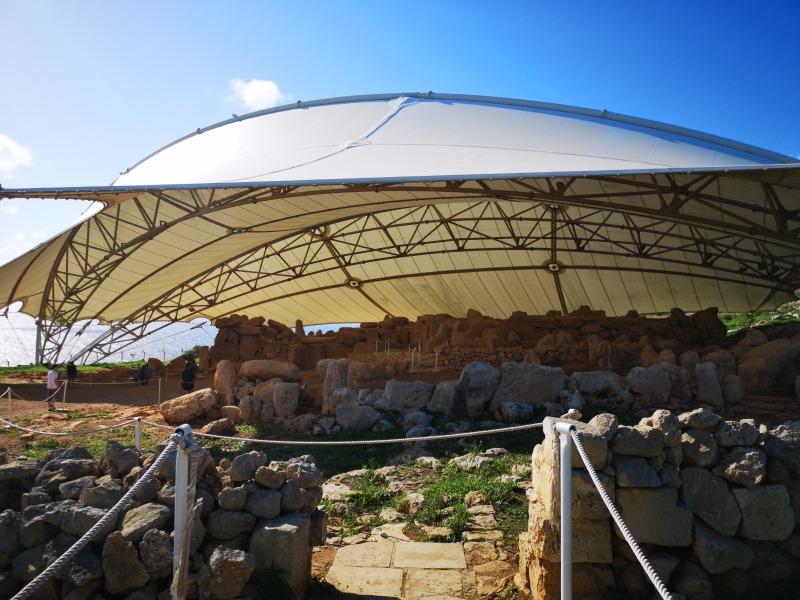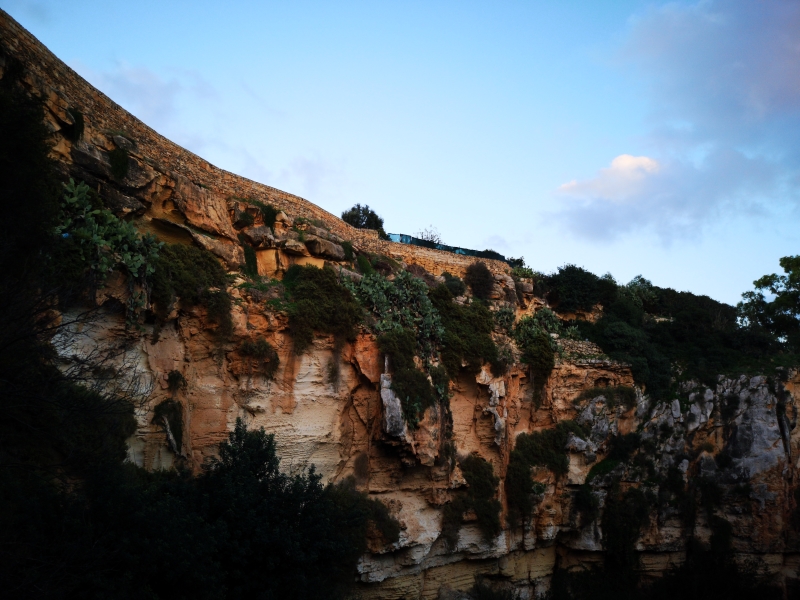Thessaloniki gets ready for its metro launch in November
The underground rapid transit lines have been under construction for almost two decades due to various project delays
 TheMayor.EU logo
TheMayor.EU logo Qrendi, European Destination of Excellence, is a must-do detour on any visit to Malta
Few places boast as high a concentration of landmarks of world renown as Qrendi. With an area of less than 5 square km this Maltese village and its 2500 inhabitants boast two Neolithic temples, the spectacular naturally formed Blue Grotto and the even more curious natural sinkhole of Maqluba, overseen by one of the oldest chapels in Malta, dedicated to St Matthew. It is no surprise that the village was designated European Destination of Excellence (EDEN) in 2016. Let’s explore it together.
Qrendi is located in the southwest of Malta, some 13 kilometres and 20 minutes away from Valletta. The village of Qrendi itself is a particularly nice place to see and visiting it represents a wonderful opportunity to get familiar with the culture of Malta. Strolling around its narrow streets, one will discover, for example, that all houses have names. These usually originate from the name of the patron saint of the place of origin of the house’s owner, but it could also be the name of his beloved wife.
Standing in front of the houses or built in the walls, small niches can be seen, carefully protecting statues of saints. They come to testify the strong faith of the locals and their willingness to accept and welcome the sacred as close to their homes as possible.

San Mattew tal-Maqluba - the older chapel on the edge of the sinkhole
Without a doubt, the centre of the social and cultural life of the village, similar to most Maltese localities, is its Chapel. The older chapel of Qrendi, dedicated to St Matthew is likely to have been built before the 15th century. About 100 years later, a larger one was constructed and is used today for official ceremonies, marriages and concerts.
Arguably, the most recognisable tourist landmark and a famous Instagram selfie spot in Qrendi is the Blue grotto (in the main picture). Located a short boat ride from the famous Wied iz-Zurrieq (but also accessible by car or public transport) the Blue Grotto serves as a wonderful illustration of the region's geography, while retaining its own unique natural form. The weather-worn cave with crystal clear blue waters and the stunning image of the open sea have been admired by locals for millennials. What is more, visiting the Blue Grotto is a great opportunity to taste some fresh local fish dishes, or why not try your hand at snorkelling or scuba diving?

Entrance to Mnajdra temples
The second-best thing to see, in our opinion, are the Neolithic temples of Mnajdra and Hagar Qim, part of the UNESCO World Heritage. They bear witness to the earliest presence of human population in Qrendi, which goes as far back as 3,500 BC. The first site still preserves an invaluable testimony to the human spirit – one of the oldest stone calendars in the world, indicating the start of each season through a sun ray reflection on the temple corners. Hagar Qim is no less interesting with its decorations, altars and the great number of statues of fat ladies unearthed – an ancient symbol of fertility.

Inside Maqluba doline
Another contributor to the international reputation of Qrendi and the prestigious EDEN award is the geological formation of Maqluba. This sinkhole was formed naturally around 1343 AD as a result of a cave collapse. However, legend has it that the phenomenon occurred as a God’s punishment for the bad moral behaviour of the inhabitants of the hamlet that was sucked in. Nowadays, the 40 metres deep and 300 metres wide doline is a Natura 2000 site with densely growing evergreen shrubs and rare flora and fauna, including the Maltese national tree - Sandarac Gum Tree.
Much more can be said on Qrendi, but you hardly need further convincing evidence that the village is worth a visit. And if you have more questions or need info about your trip, visit the website of the Local Council of Qrendi and discover the rest.

The underground rapid transit lines have been under construction for almost two decades due to various project delays

Now you can get your wine in Talence by paying directly in Bitcoin

That’s because the state has to spend money on updating the railway infrastructure rather than subsidizing the cost of the popular pass

Rethinking renewable energy sources for the urban landscape

The examples, compiled by Beyond Fossil Fuels, can inform and inspire communities and entrepreneurs that still feel trepidation at the prospect of energy transition

Now you can get your wine in Talence by paying directly in Bitcoin

The 10th European Conference on Sustainable Cities and Towns (ESCT) sets the stage for stronger cooperation between the EU, national and local level to fast track Europe's transition to climate neutrality.

At least, that’s the promise made by the mayor of Paris, Anne Hidalgo

The underground rapid transit lines have been under construction for almost two decades due to various project delays

At least, that’s the promise made by the mayor of Paris, Anne Hidalgo

Hostal de Pinós is located in the geographical centre of the autonomous region

Despite its church-y name, the district has long been known as the hangout spot for the artsy crowds

Urban dwellers across the EU are having a say in making their surroundings friendlier to people and the environment.

Forests in the EU can help green the European construction industry and bolster a continent-wide push for architectural improvements.

Apply by 10 November and do your part for the transformation of European public spaces

An interview with the Mayor of a Polish city that seeks to reinvent itself

An interview with the newly elected ICLEI President and Mayor of Malmö

A conversation with the Mayor of Lisbon about the spirit and dimensions of innovation present in the Portuguese capital














